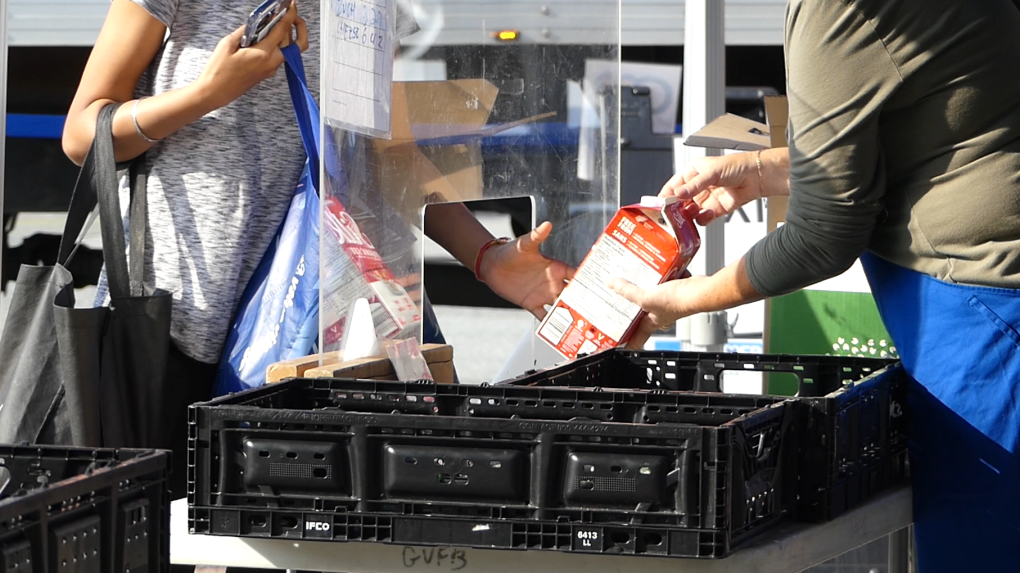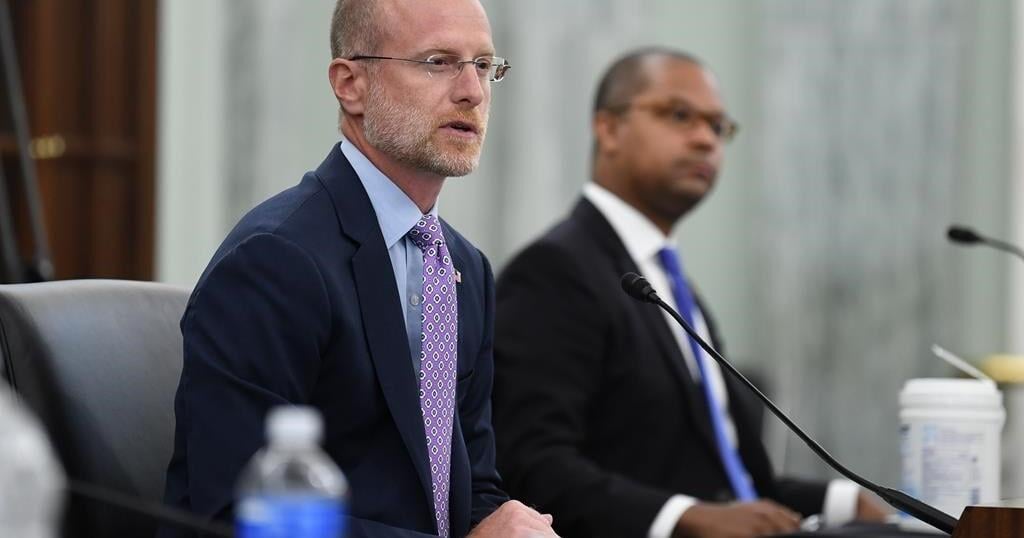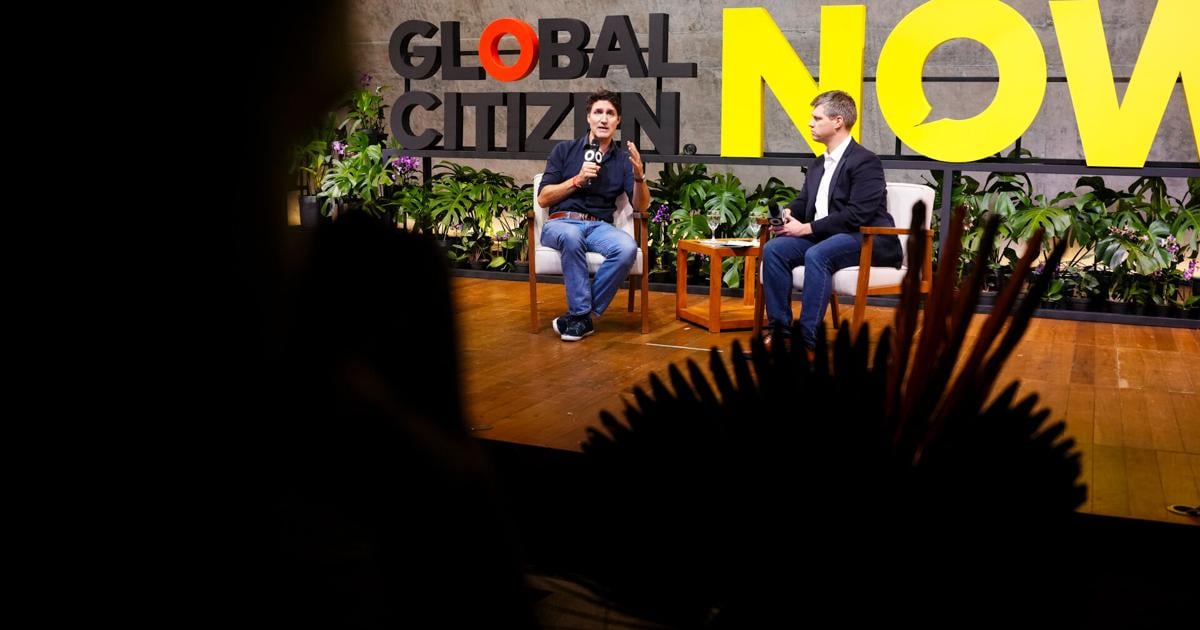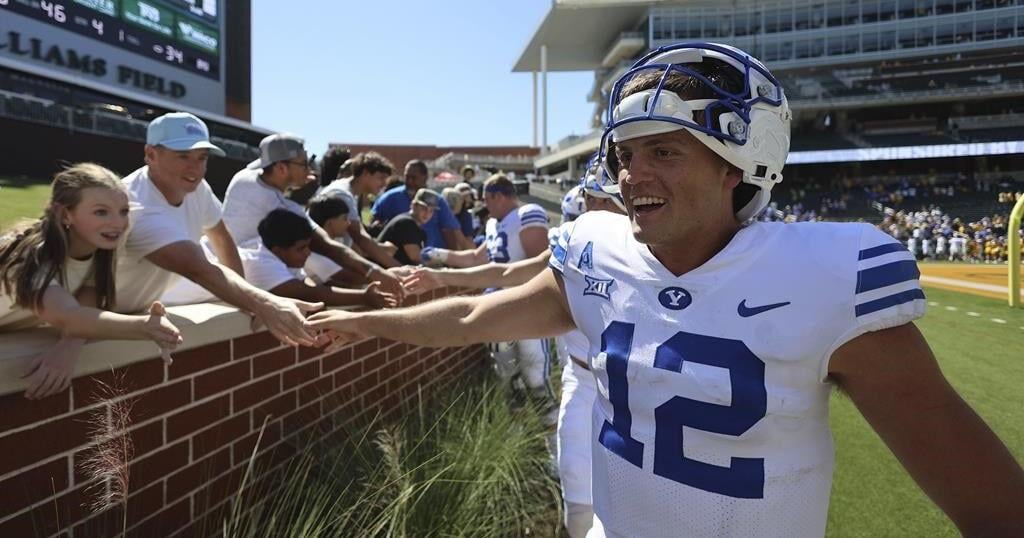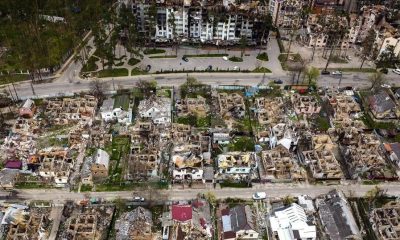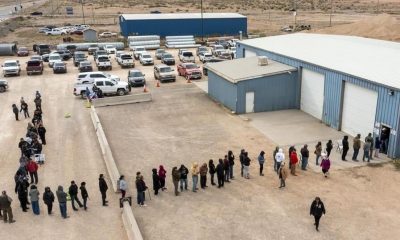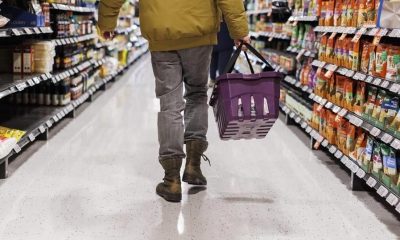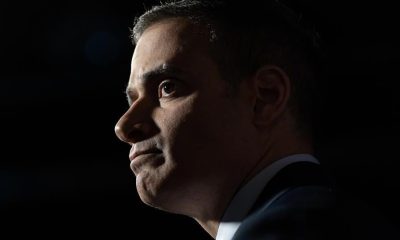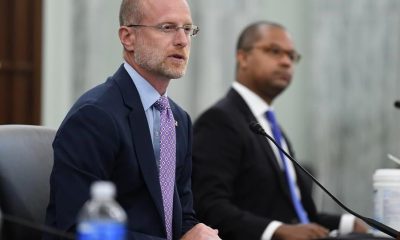Food Banks Canada’s report, Hunger Count Report for 2022, shows more Canadians than ever need access to food.
Despite low unemployment rates in March 2022, the report says there were 1.5 million visits to food banks across Canada, the highest usage on record. This was a 15 per cent increase from the year prior and a 35 per cent increase from March 2019.
Food Banks Canada used statistics from “most” organizations and only recorded numbers from March 2022. This “snapshot” means some people accessing the food bank may not have been counted. Income data from StatCan Income Survey reported 5.8 million Canadians lived in food-insecure households in 2021.
“(These are people) who are going into work and having to say, ‘Am I going to pay my rent this month or buy food for my kids?,’” Kirstin Beardsley, CEO of Food Banks Canada, told CTVNews.ca in a phone interview on Wednesday. “It’s the human toll of being in a situation where you have to make a choice like that. It’s really awful.”
For the first time, there was a significant increase in the number of food bank clients who have a source of income, rising 14.1 per cent in 2022.
“According to the survey respondents, the top three reasons people accessed a food bank this year were food costs, low provincial social assistance rates, and housing costs,” the report reads.
This comes as Statistics Canada said Wednesday the October inflation rate was 6.9 per cent, the same reported for September. Inflation has been declining for several months, even as the prices of gas and groceries continue to soar.
The report explains, “generally” food bank usage mirrors unemployment rates, as seen after the 2008 recession. At that time food bank visits were “a last resort” and people turned to organizations only after severance pay, employment insurance, and savings had run out.
“‘Working poor’ is kind of the terminology that’s being used,” Stephane Sirois, executive director of the New Brunswick Food Depot told CTVNew.ca Wednesday in a telephone interview. “It’s not just the people on social assistance who are poor… If you’re close to minimum wage, you can’t make it.”
Sirois oversees 64 food banks and community kitchens across N.B. The province is recording 25,000 to 30,000 visits to food banks each month. At the time of the national Hunger Count, Sirois said inflation hadn’t reached the Atlantic provinces.
“We kind of caught up over the summer (to inflation) so we saw a major increase here in June, July, August, where typically we see a decline,” he said.
When the COVID-19 pandemic first hit and mass employment occurred, the Canadian Emergency Response Benefit (CERB) rolled out keeping many out of poverty and away from food banks.
“In last year’s report, we referred to this as a ‘perfect storm,’ with the rare combination of largescale unemployment occurring simultaneously with food and housing inflation,” the 2022 Hunger Count reads. “This year’s findings indicate that last year’s storm may have been just the beginning.”
Beardsley says all organizations across Canada are concerned about the impending recession and what it could mean for the future of donations.
“The public donations and some of the food recovery donations have declined (so) food banks have had to buy food to fill in the gaps,” Beardsley said. “So those budgets are obviously also stretched.”
Those hit the hardest are already people with lower incomes struggling to keep food on the table.
Indigenous people accessing food banks rose from 8 per cent in 2021 to 15.3 per cent a year later. This alarming rise is impacted by the number of Indigenous households already dealing with food insecurity and a reduction in income.
The report acknowledges that climate change is contributing to food insecurity in Indigenous communities because it limits traditional foods and reduces the ice roads to northern areas.
“Food insecurity in Nunavut was already called the longest-lasting public health emergency in Canadian history,” Rachel Blais, executive director of Qajuqturvik Community Food Centre, previously told CTVNews.ca. “And this is before the drastic increases in food prices and the resulting demand on food charities in the territory.”
Blais said the food centre used to serve 150 meals a day. That number has increased drastically, as inflation rose, to between 450 and 500 meals a day.
“It’s been a really startling increase in demand, especially considering 400 to 500 people (accessing food) in a community of 7,500 people is really substantial and beyond anything that we saw during the COVID-19 pandemic,” she said.
The increase in food bank usage during the pandemic was a stark increase from years prior, but organizations continue to see increases in usage despite unemployment dropping.
Almost half (45.4 per cent) of food bank users rely on provincial social assistance, which includes general welfare and disability support, as their main source of income.
The youngest Canadians make up 20 per cent of the general population, however, they are greatly overrepresented at food banks with 1 in 3 clients in 2022 being children. The report says, due to the higher costs of raising a family and inflation, more children are vulnerable to poverty and hunger.
Seniors accessing food banks has increased 8.9 per cent from 2019. Food Banks Canada says low-income seniors “generally” are on fixed incomes making them more vulnerable to inflation.
WHAT ARE THE SOLUTIONS?
Beardsley says these food bank usage statistics highlight the need for investments in affordable housing, a minimum income bracket aiding anyone from falling into “deep poverty”, reform for employment insurance and further investments in social assistance programs.
“Food insecurity is a systemic issue, so it requires a systemic response,” Beardsley said.
“We see the solution really as a policy solution,” she added.
She noted Food Banks Canada was created to advocate to the federal government, aiming to reduce the number of people dependent on local food banks.
Through research gathered by reports like the Hunger Count, Beardsley is able to see where food insecurity is highest and understand the troubling trends.
“So by and large, we see this as a systemic and a government issue,” she said. “Food banks are there to do the day-to-day community work, finding the food, making sure people have the food, but it really it is on governments to address the issue at its roots.”
At an individual level, Beardsley said donating food and monetary donations to local organizations will help feed communities into what is likely to be a tough year ahead.
Source link
Related

